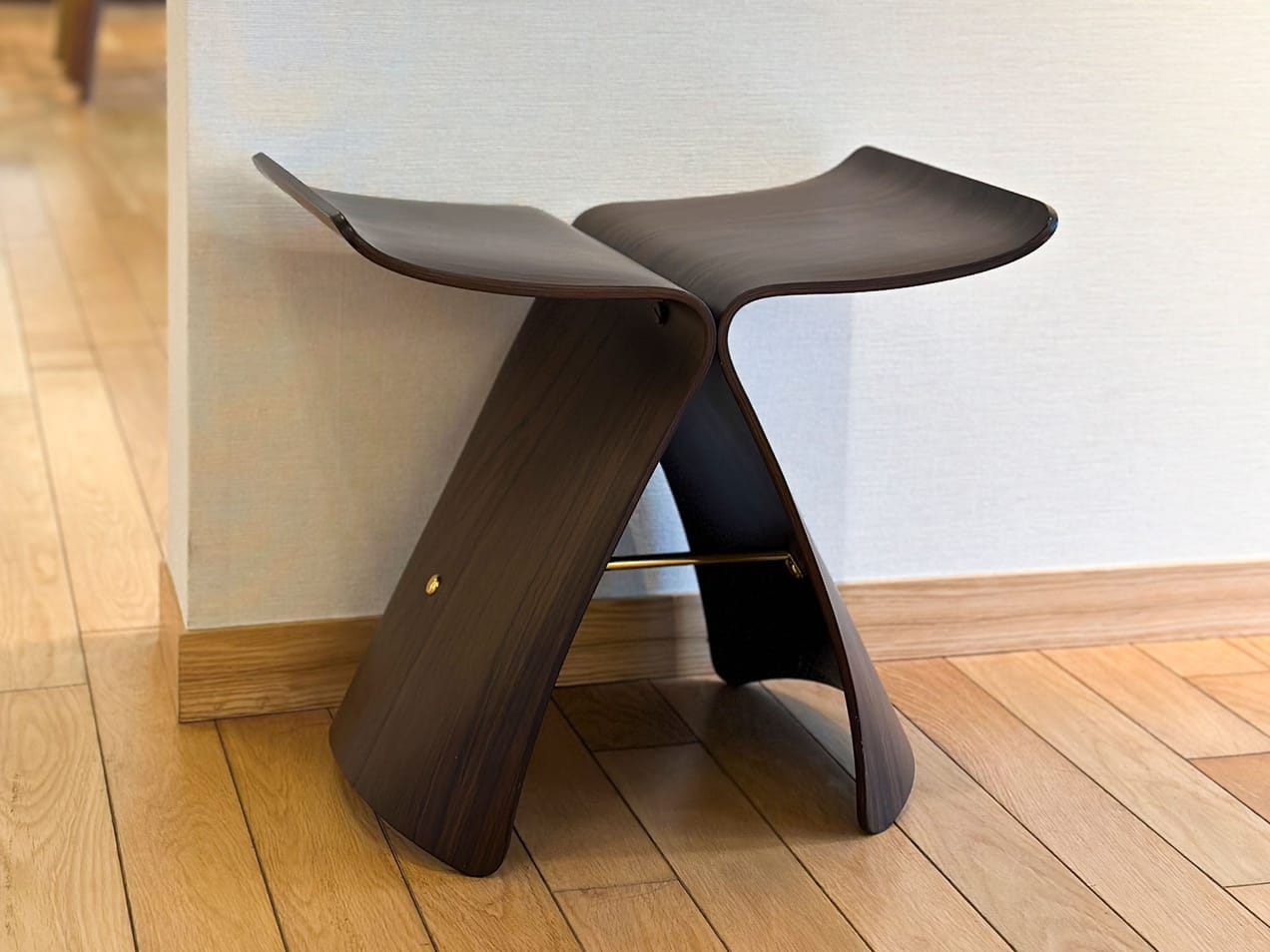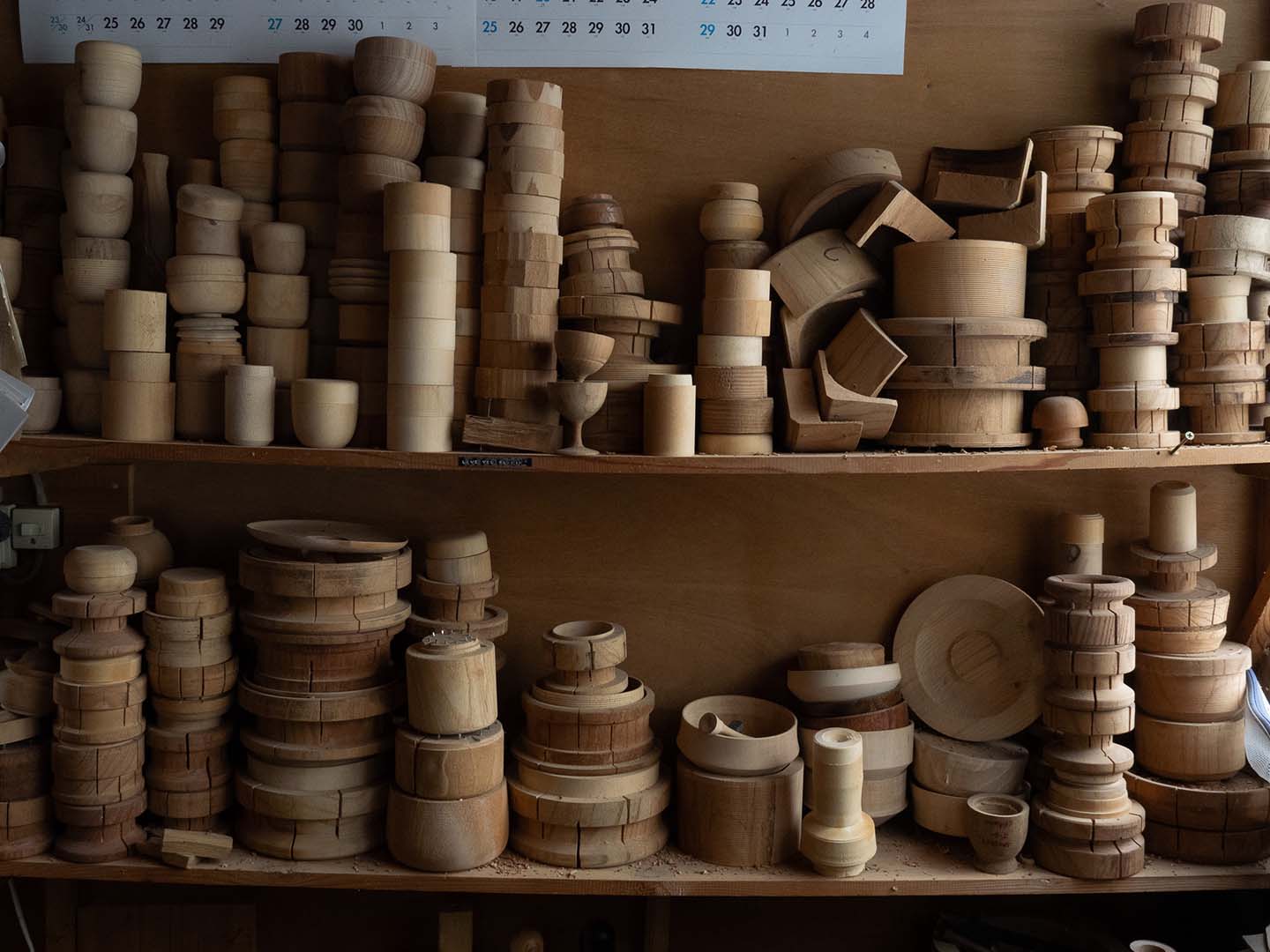
Born Elsewhere, Made in Japan
Most Japanese crafts knowledge could disappear within a generation. The country is growing old and depopulating at incredible speed, and as lifestyle has become more westernised throughout the last hundred years, fewer people are interested in becoming a shokunin, a craftsman.
According to JapanCraft21, an organisation founded by Steve Beimel with the mission to ‘reverse the rapid decline of traditional Japanese crafts’, in 1979 there were about 300,000 people employed in traditional crafts. By 2028 this number will be only 20,000. The move from countryside to big cities has made long, manual-work apprenticeships unappealing against the immediacy of digital jobs. Artisans are not only struggling to find successors but also raw materials and tools.
Could foreign makers offer a solution to this situation? Here are the stories of three artists-artisans who moved to Japan to study pottery, woodturning, lacquerware and metalworking, adding a new link to a long chain of craft making.
From Glasgow to Niigata: A Metalworker’s Journey
I met Kathleen Reilly during her first solo exhibition at the London Design Festival in September 2024. She was presenting Oku, an elegant metal knife with a folded handle paired with a wooden board, the result of years collaborating with Tsubame-Sanjo artisans and Karimoku Furniture.
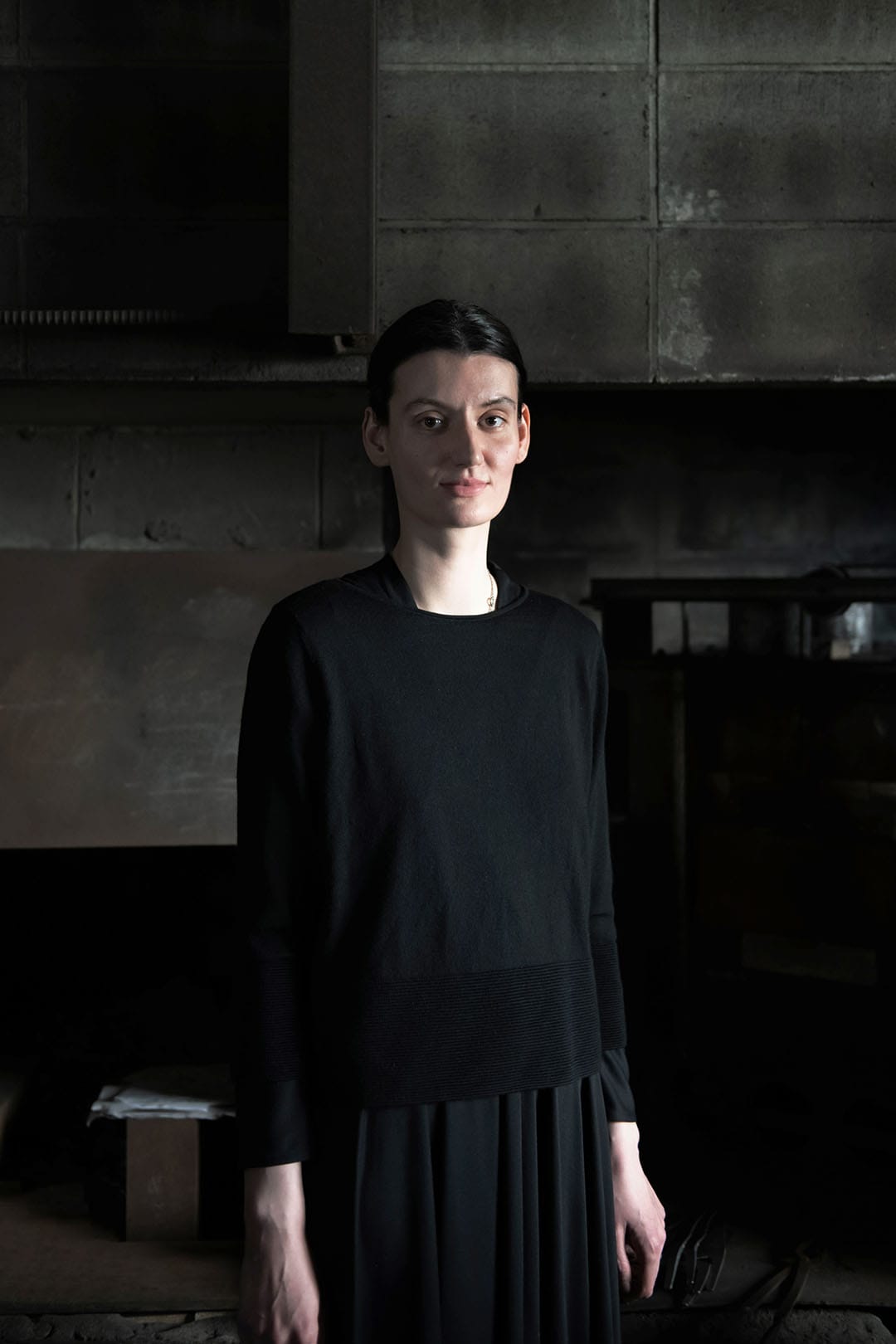
After graduating from The Glasgow School of Art Silversmithing & Jewelry and a Masters in Jewellery & Metal at the Royal College of Art in London, Kathleen visited the “Biology of Metal: Metal Craftsmanship in Tsubame-Sanjo” exhibition at Japan House London in 2018. (I wrote about the exhibition here). Seeing the work and meeting several of the shokunin involved inspired her to follow them back to Niigata Prefecture, an area with over 400 years of metalworking tradition.
The prestigious Daiwa Scholarship supported her move in 2019, but first came facing one of the biggest barriers for those wanting to work in Japan: learning Japanese. “I’m a huge nerd so I really enjoyed studying. But it was so difficult, I made so many mistakes.” Her determination was fuelled by her goal: “I was passionate about making work with Japanese craftsmen but if I can’t understand even the nuances of body language, I knew it would be really difficult to succeed.”
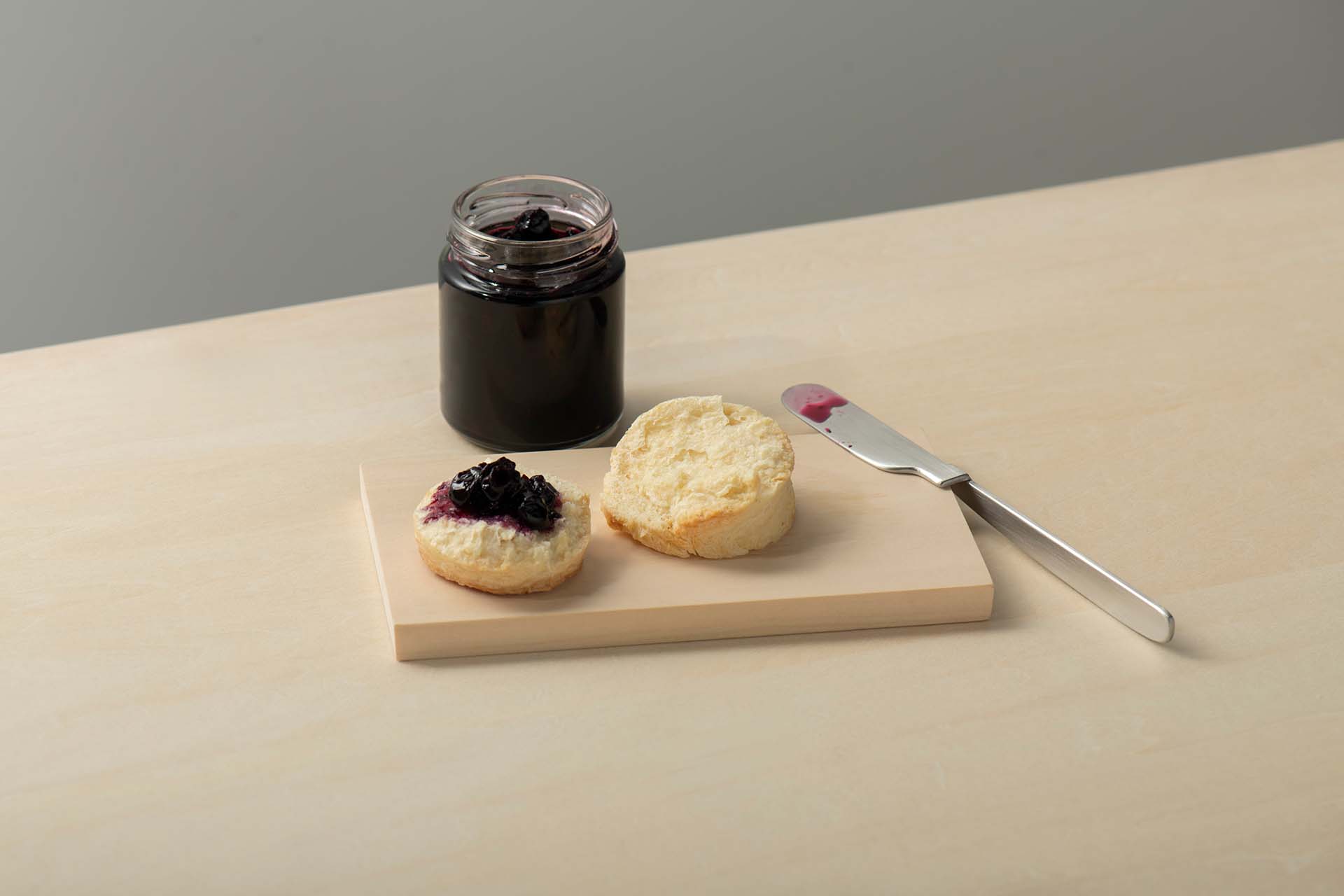
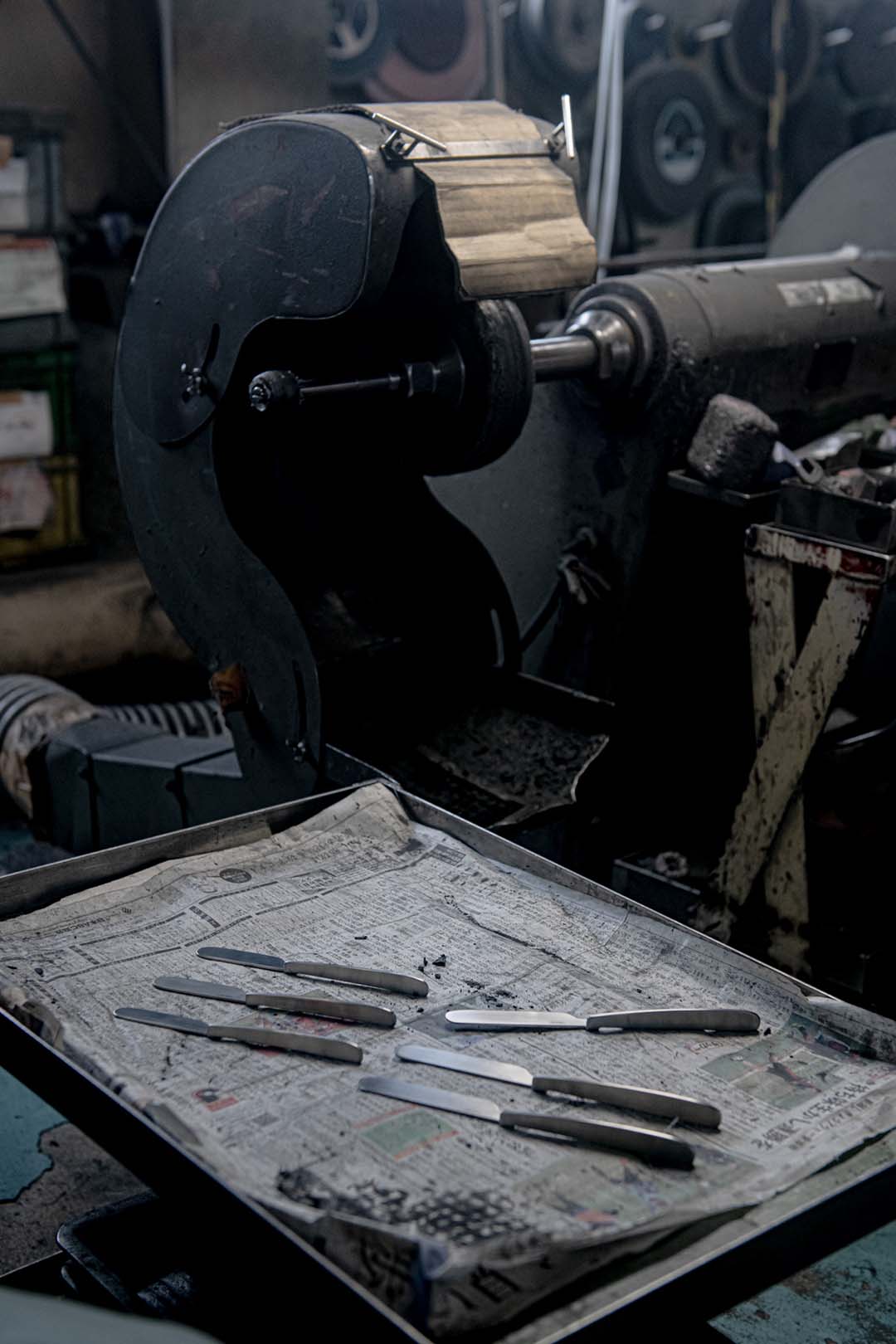
Oku by Kathleen Reilly. Photos by Kakeru Ooka
From 2020 to 2022, Kathleen trained with these shokunin, culminating in the launch of Oku, a design that showcases both technical skill and artistic ingenuity, embodying the heritage of Japanese craftsmanship and the innovation of contemporary design. "[...] Being in Tsubame-Sanjo and having these dialogues [in person] really influenced the outcome of the product a lot so if I couldn't communicate and have these conversations I don't think that the product would have ended up how it is."
Being a young, foreign female artist in a traditionally male-dominated industry created further challenges, but shared values of material authenticity and form simplicity helped bridge cultural gaps. Today, she experiments with new artistic forms from her Tokyo studio. You can have a peek on her website and Instagram.
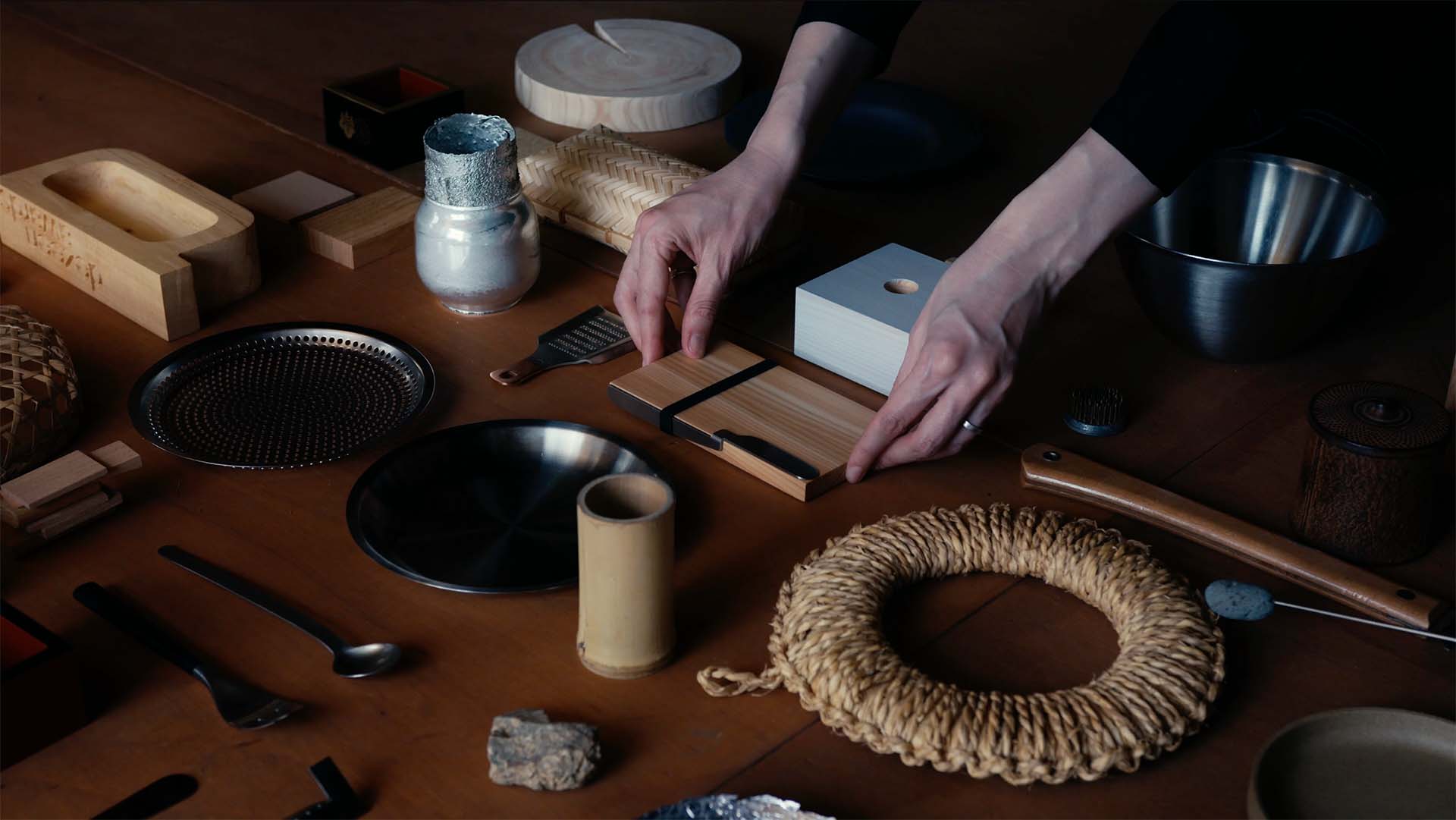
Crafting Partnership: Wood, Clay and Innovation
As craftspeople, Ido Ferber and Rabea Gebler couldn’t be more different and that’s what makes their partnership, professional and as a married couple, so interesting. They shared their stories with me over coffee in London’s Spitafields amidst their European and American workshop tour in the summer of 2024.
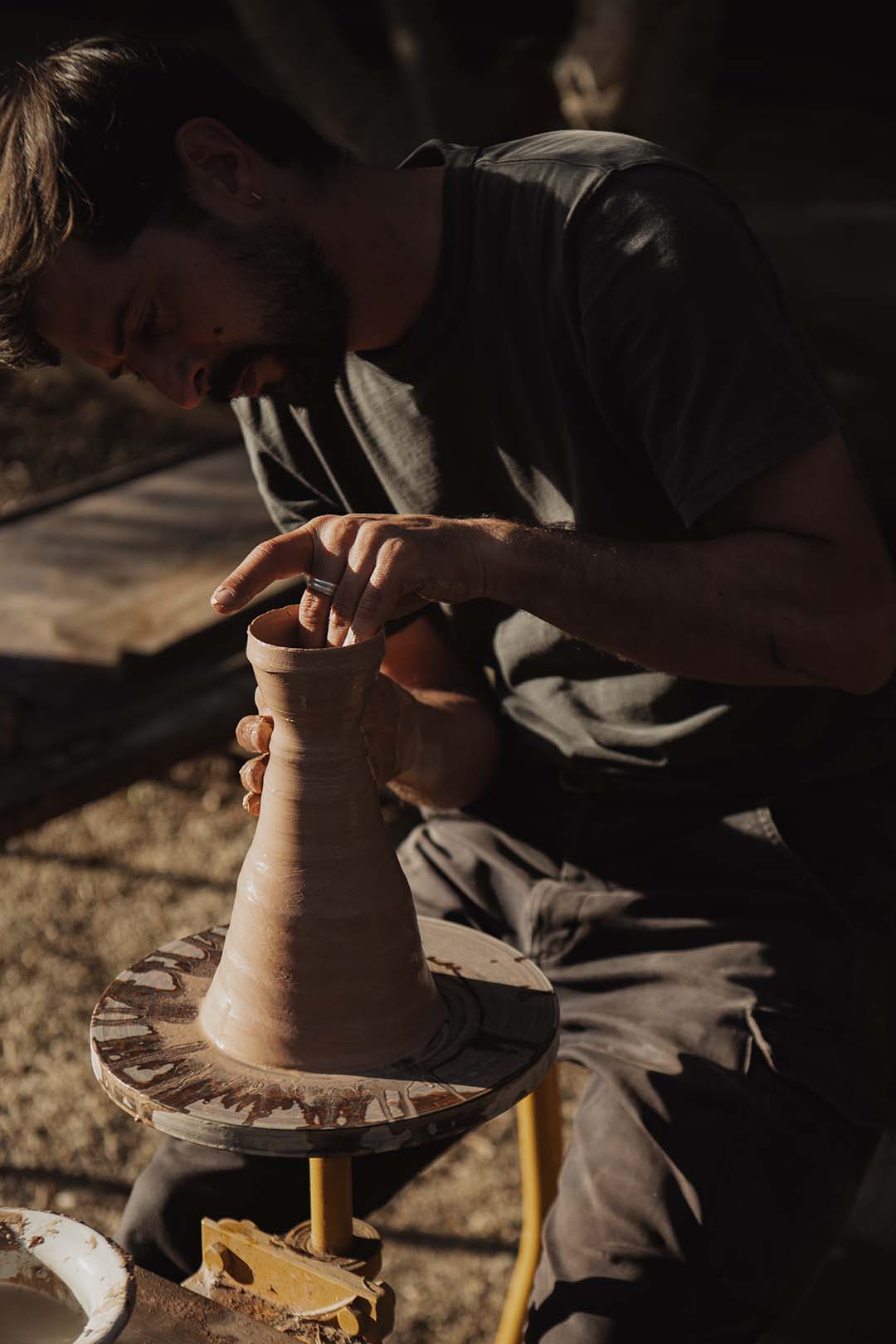

Left: Ido Ferber / Right: Rabea Gebler
Ido struggled with traditional education in his youth. At 15, an ultimatum from his father led him to try ceramics and that’s how he discovered peace and structure through working with his hands: "When I’m working from muscle memory, my mind is free. I’m existing in two parallel places at the same time. And that's something that I really, really enjoy." He later tried carpentry and blacksmithing before studying product design, ultimately finding his way to Japan through a government scholarship to pursue a research master degree in ceramic craft at the Tokyo University of the Arts. This was followed by six months in the pottery town of Mashiko working under the famed Ken Matsuzaki.
For Rabea, who trained as a product designer, the revelation came unexpectedly at a music festival’s craft tent, where she carved her first spoon. "It blew my mind - it was the first time I made something useful with my hands. I had never had that experience. Just the fact that I had full control and that I saw over the whole process from beginning to end really impacted me," she recalls. In her native Germany, Rabea felt that, as a woman, society discouraged her from taking manual work. Using a knife to carve that first spoon gave her the motivation to actively do other things. "It's like, okay, I can handle a knife. So I might as well handle an axe. And now suddenly I have the confidence to pick up a chainsaw. It's just something I use to achieve something. And I understand the outcome. I understand how to use it, how it works." After joining Ido in Japan, she discovered woodturning and urushi lacquerware, and enrolled in the Ishikawa Prefectural Institute for Yamanaka Lacquerware initiated by the Living National Treasure Ryozo Kawagita.
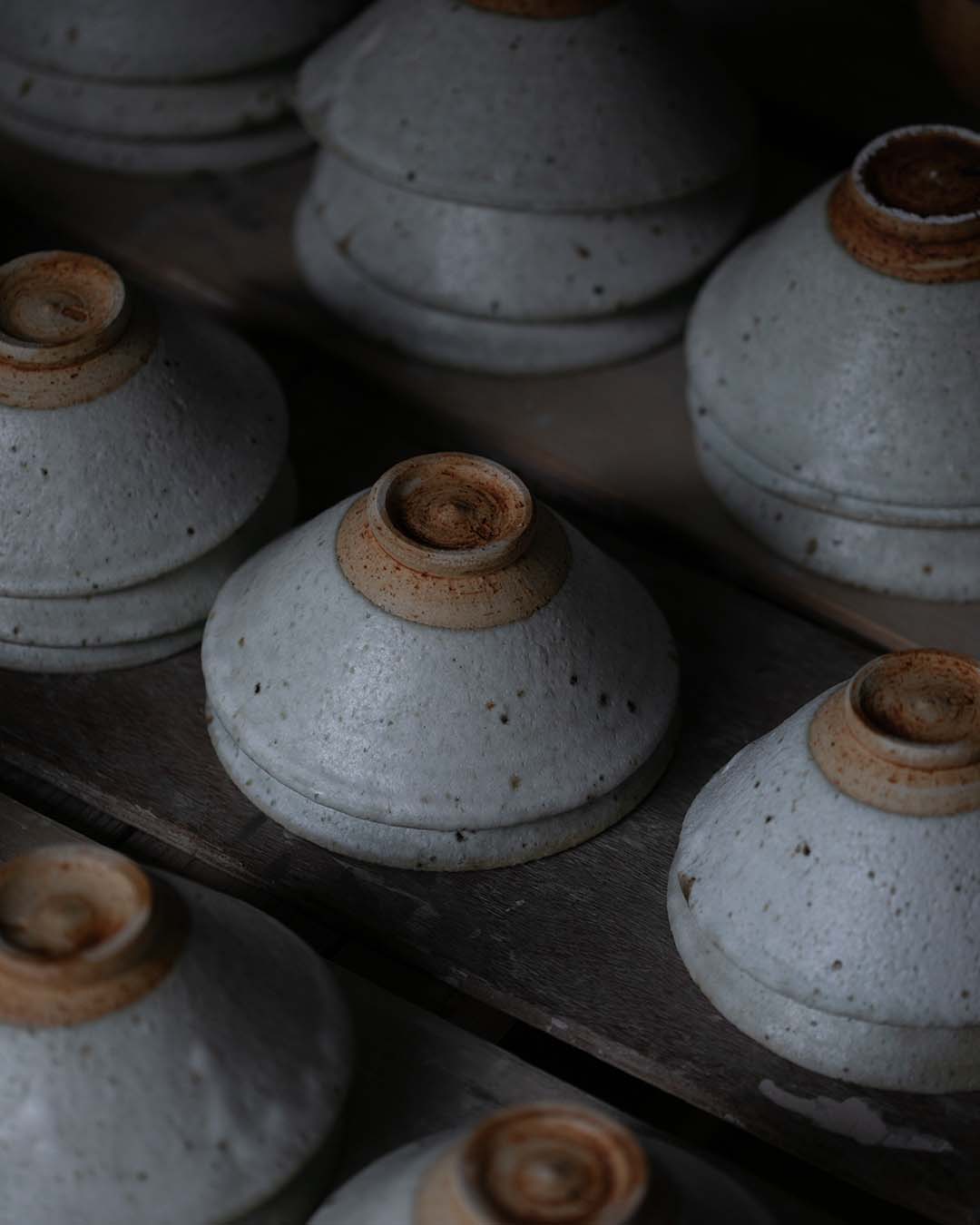
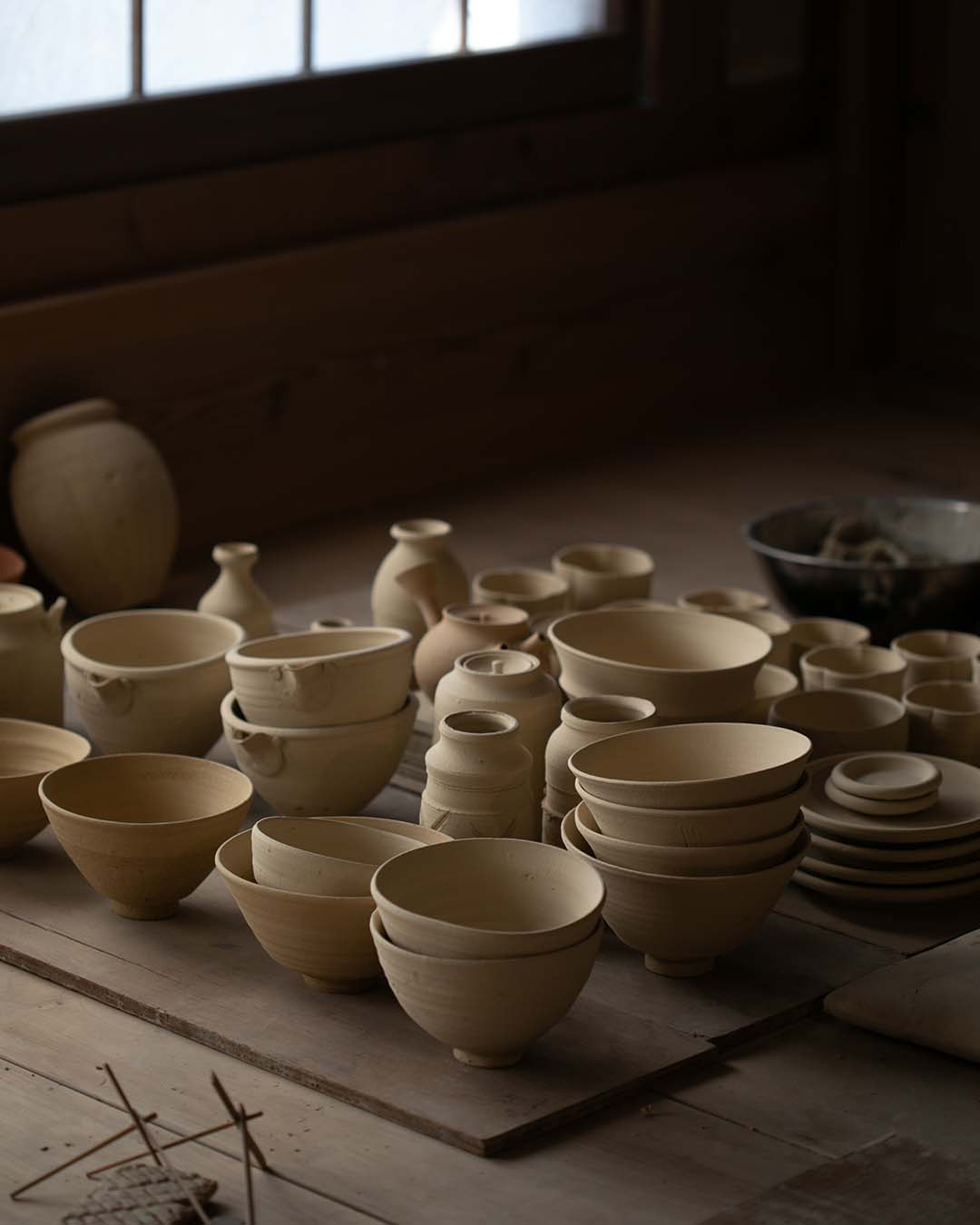
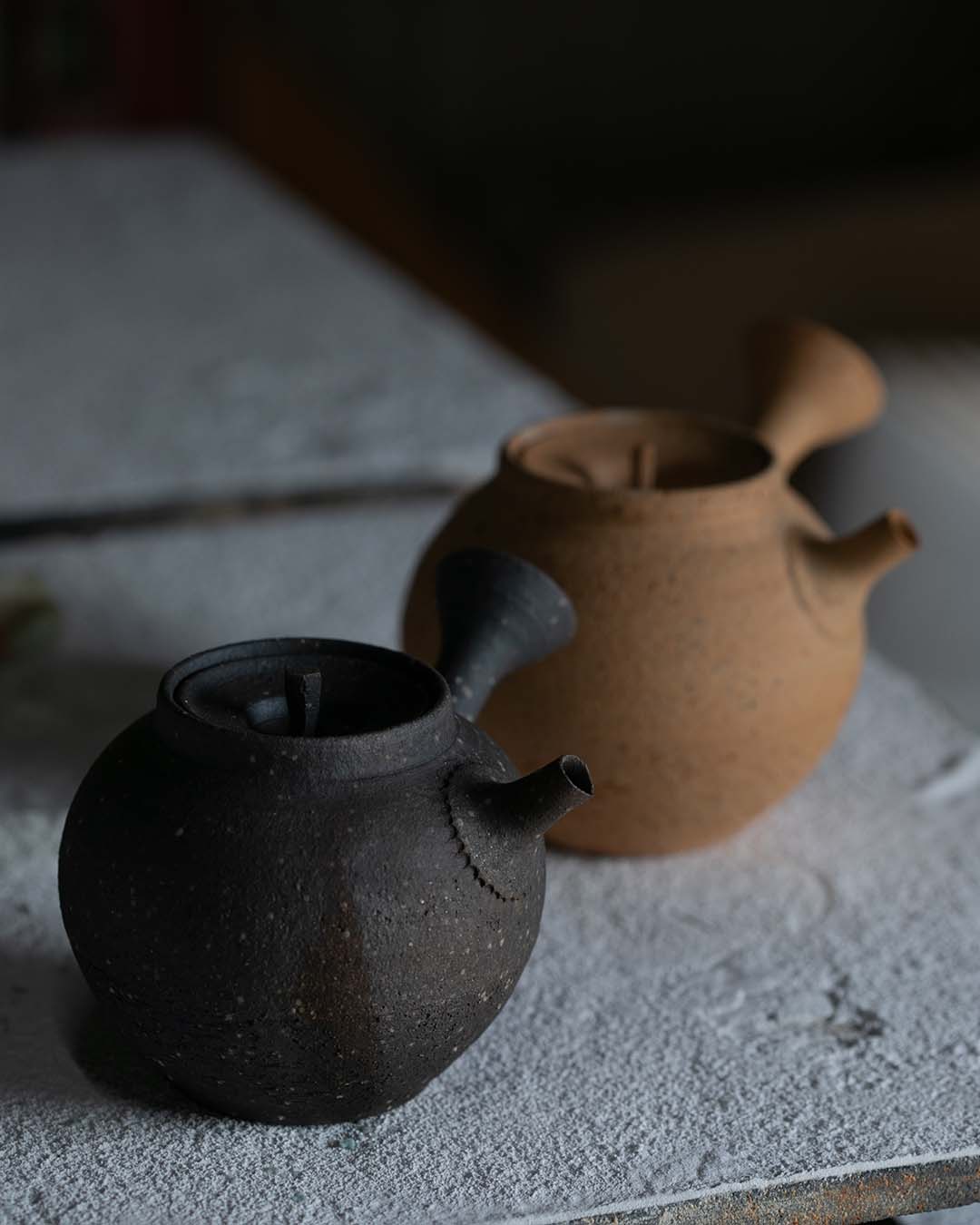
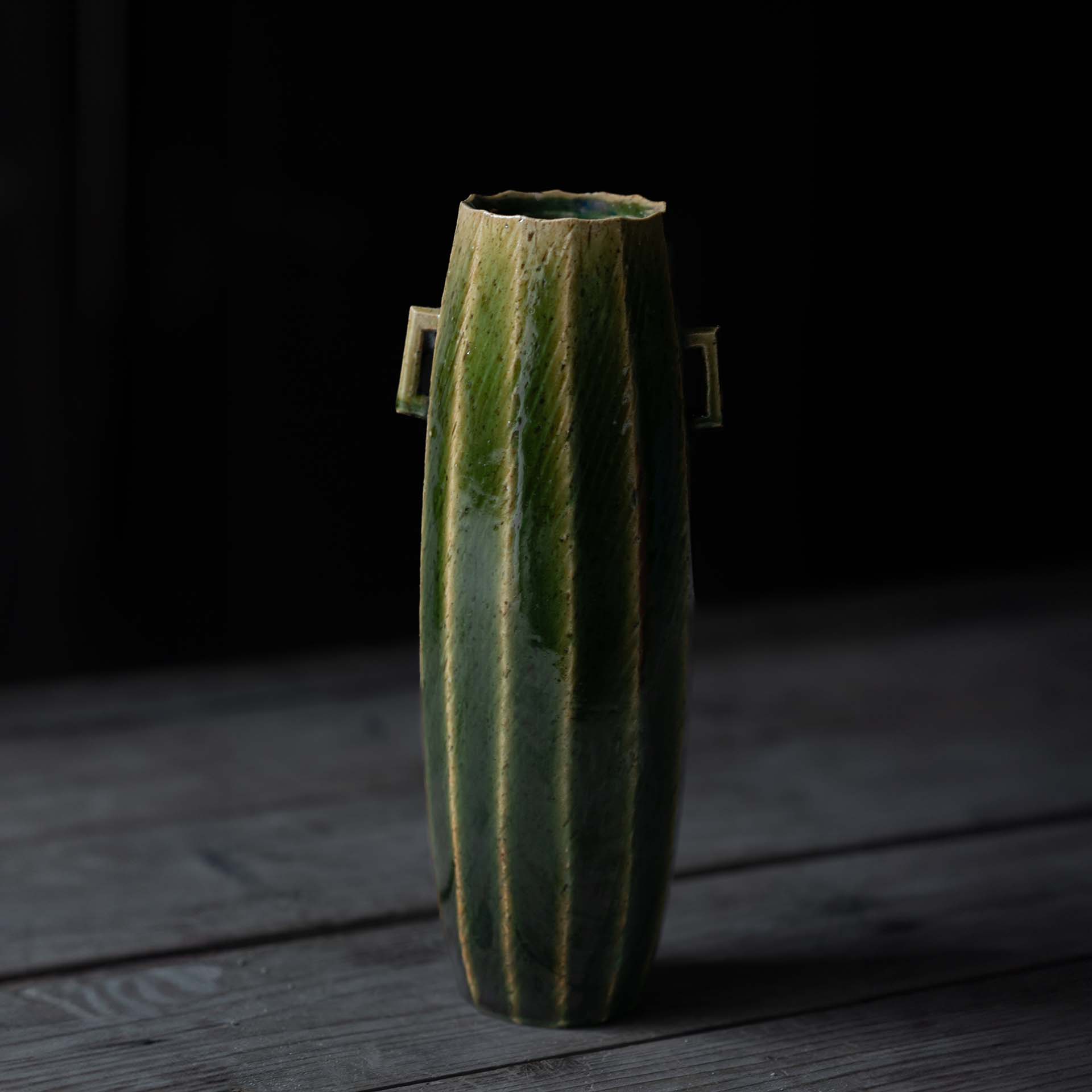
Work by Ido Ferber
The couple’s work straddles the distinct boundary between art and craft in Japanese culture. "In Japan, you have art and you have craft. Everything has a name, everything is very well catalogued," Ido explains. While traditional apprenticeships required decades, today’s system has adapted. "Because fewer people want to do apprenticeships, they created technical schools to teach the basics," Rabea notes.
Rabea decided not to follow up her woodturning training with a traditional apprenticeship. She was already making and selling her products online and preferred doing shorter stints to acquire specific skills. This independent spirit led to the launch of Sentomono, an online shop that now supports several young Japanese makers lacking international reach.
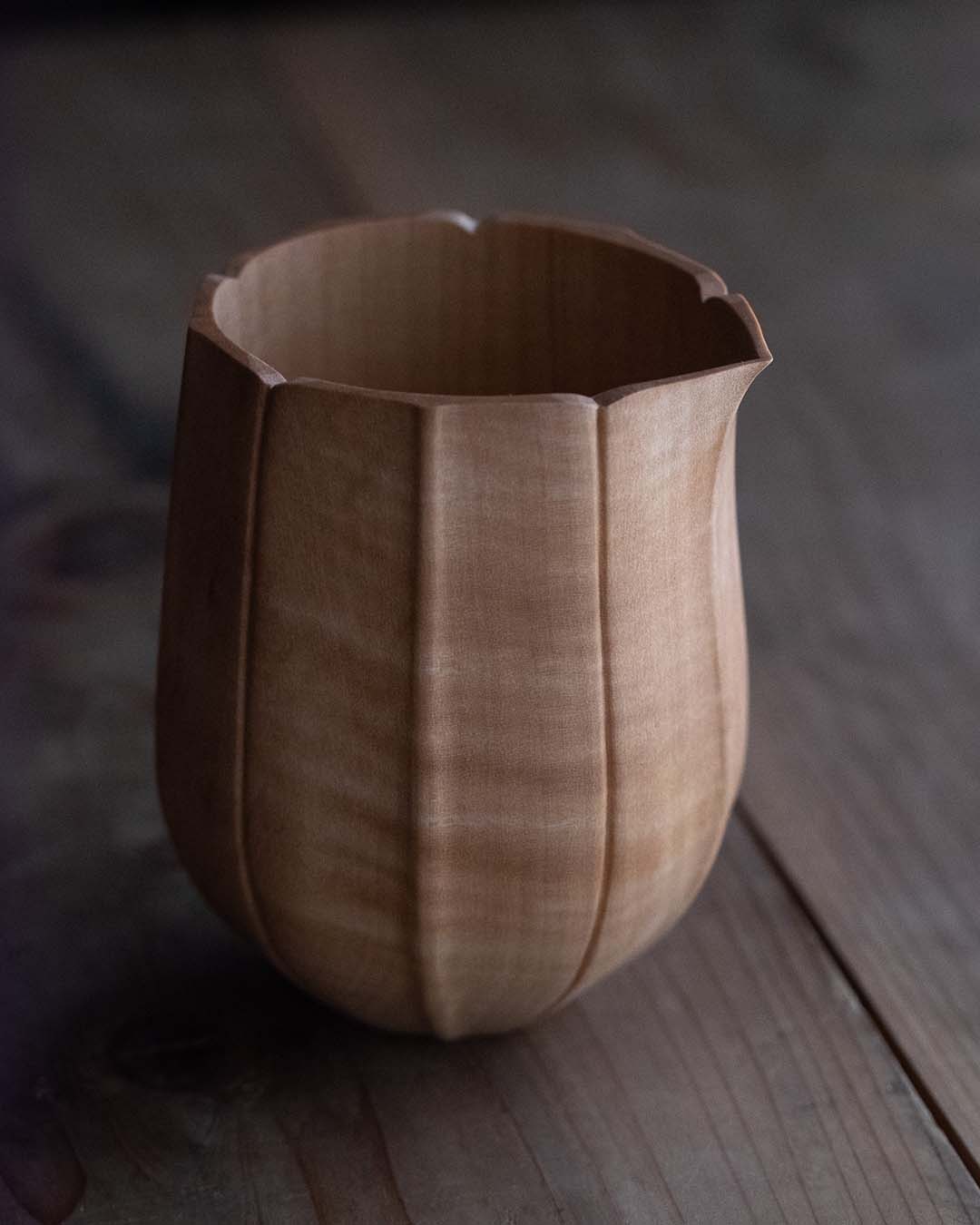
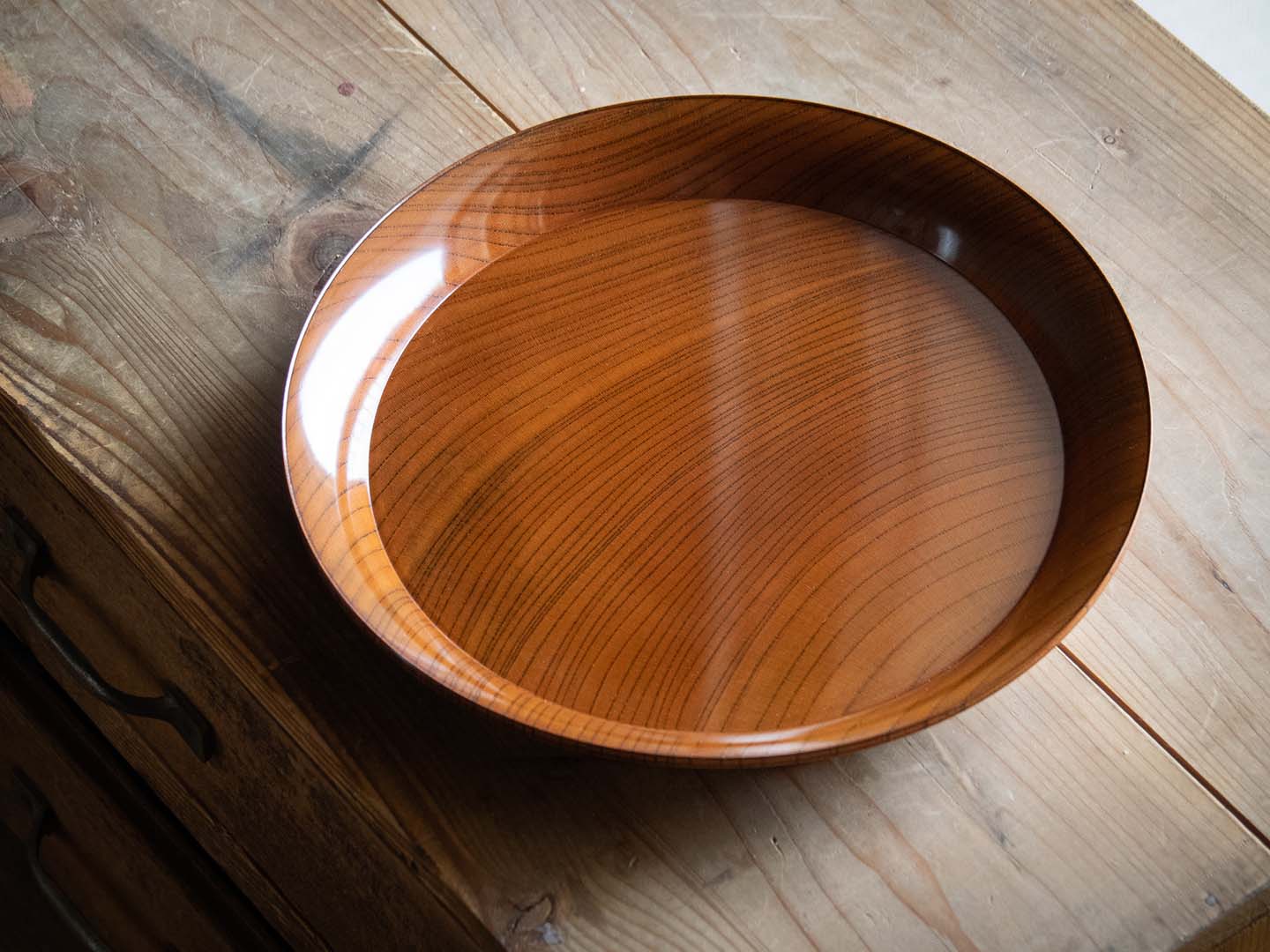
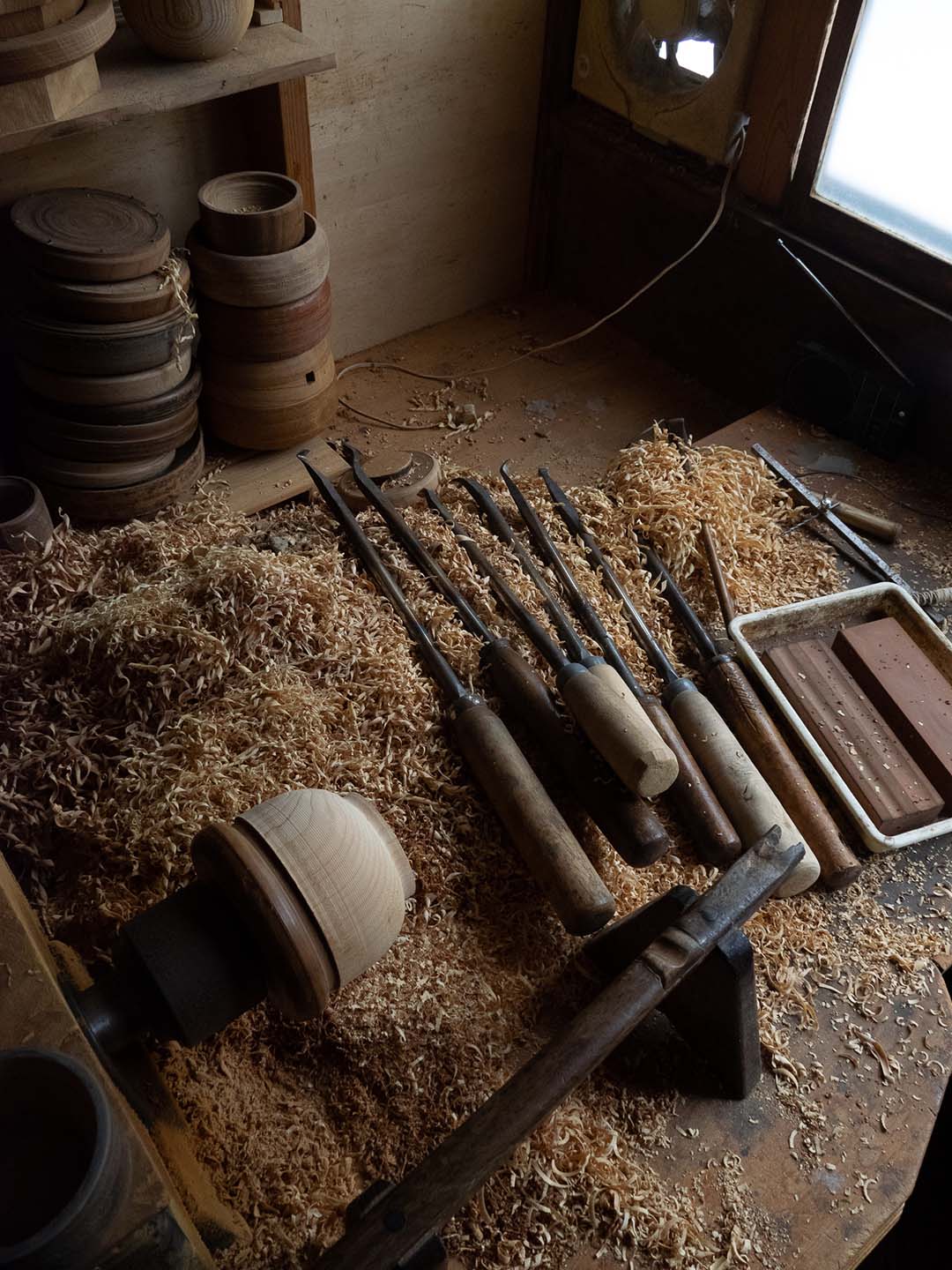
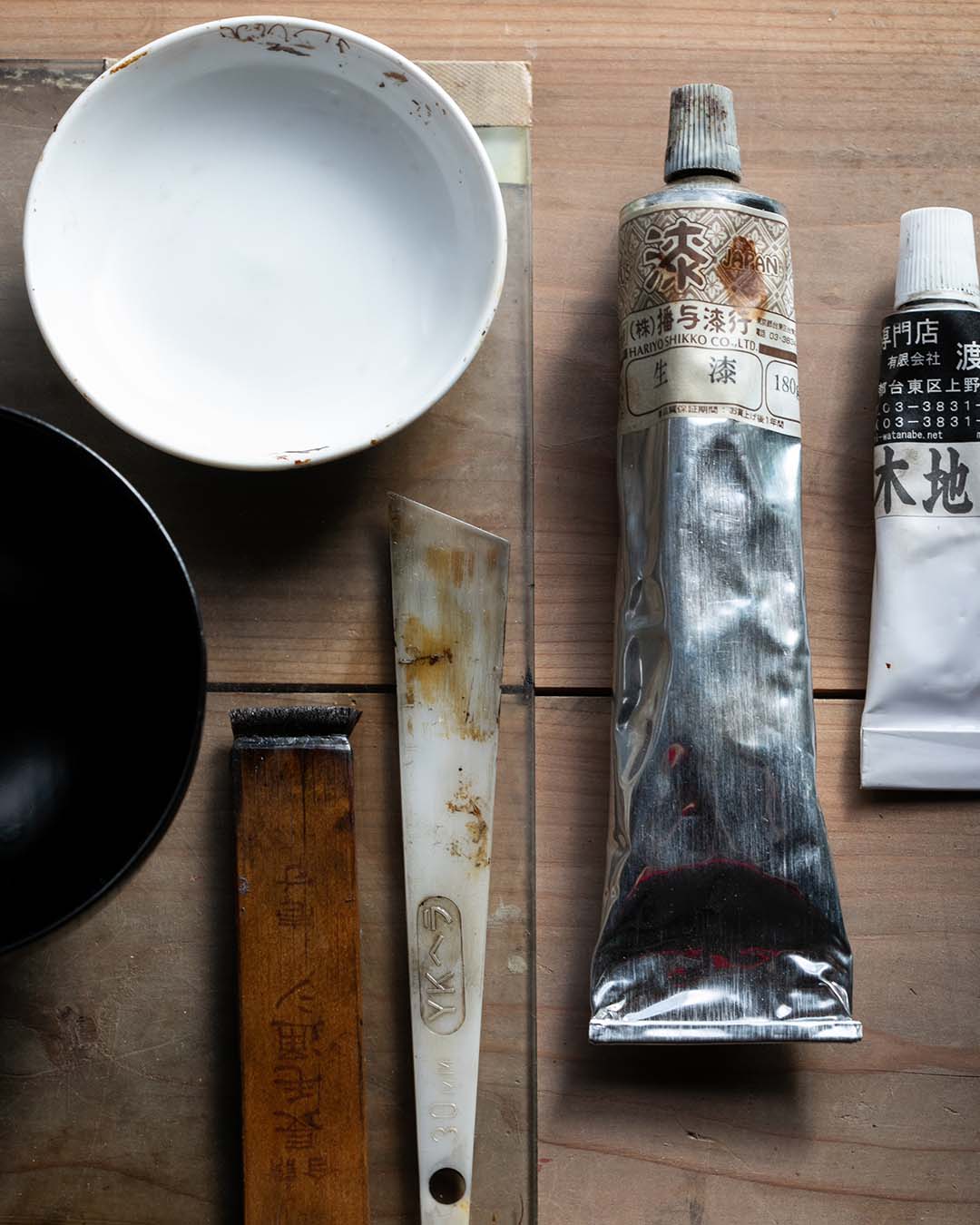
Rabea Gebler's work and tools.
Preserving Tradition Through Fresh Eyes
These three young artisans exemplify how international craftspeople can contribute to Japan's traditional craft sectors. Their success stems from genuine community engagement and respect for centuries-old techniques while bringing fresh perspectives.
As they settle into their respective workshops - Ido and Rabea in Yamanaka Onsen, Kathleen in Tokyo - they demonstrate that now might be an opportune time to pursue artisanal work in Japan. If you want to follow their steps, though, you should start studying Japanese now.
Like the content of The Craftsman? Share it with a friend! You can support my work by offering me a virtual coffee ☕️
つづく


